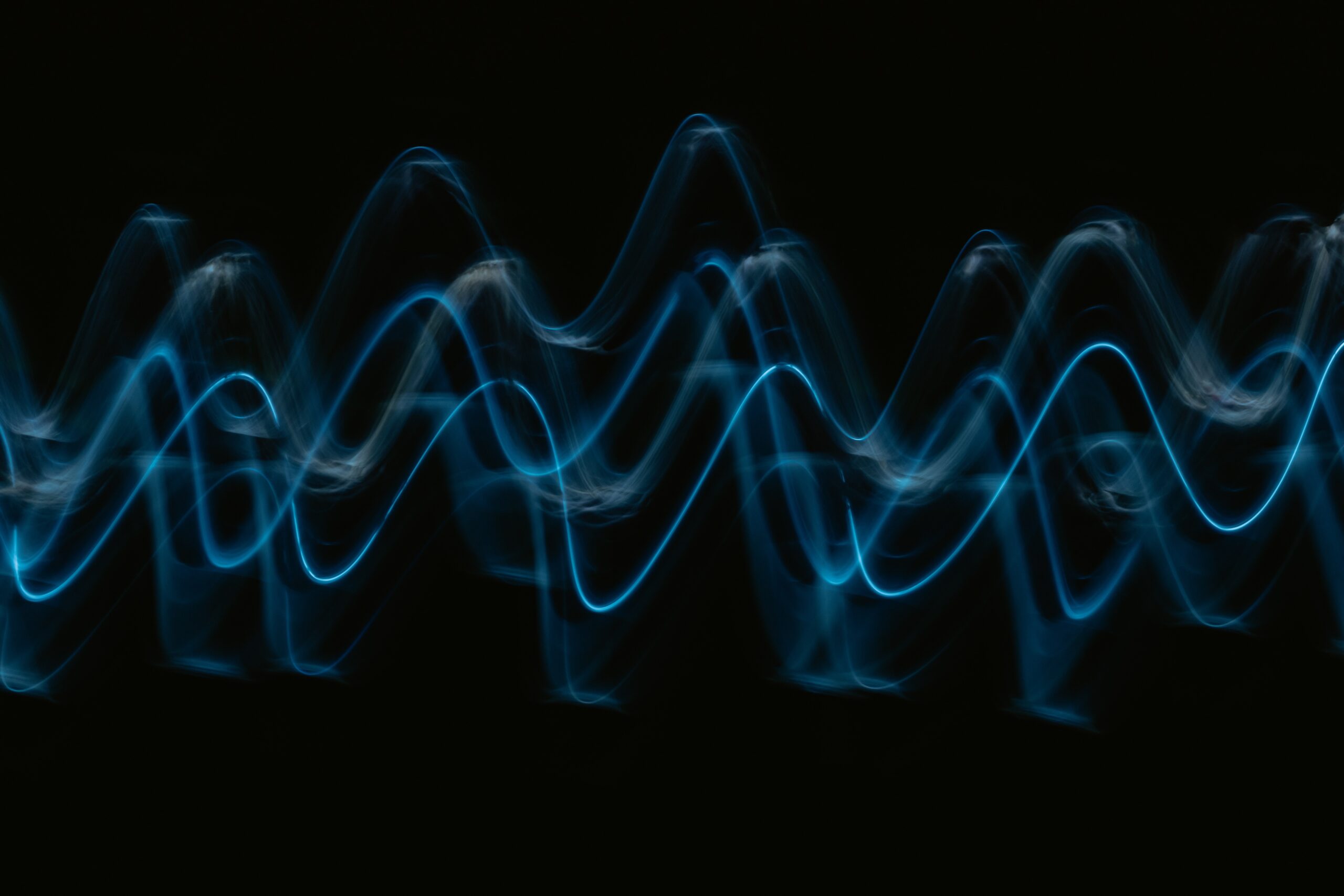Notes on recording and designing sound
Sound design is an essential element of cinematic storytelling. In this blog, author Corinna Boeck reflects on how her project will use sound design in relation to the article The Labour of Breath by Liz Greene.

Sound design will enhance performance, establish a sense of place, and immersive the viewer
by Corinna Boeck
The Labour of Breath by Liz Greene explores the use of sound as a deliberate choice in filmmaking that adds significantly to emotion, intensity, and the audience’s immersion into the setting (Green, 2016). As the title suggests, the article focuses particularly on breath. Greene explains that the presence of breath in a film and the impact that it has are often solely attributed to the actor and editors; she argues that the sound designer(s) also make a vitally important contribution to this aspect of the film. We hear the actor’s breath as part of their performance, but the sound designer is the one mixing and editing that sound into the soundscape of the film, which gives them control over the impact that the use of that breath has. Greene first analyzes the use of breath in The Elephant Man, where the main character’s heavy, labored breathing is present throughout the film in order to represent his struggle and disability, as well as to immerse the audience into the smoggy atmosphere of the film’s setting, as it takes place during the industrial revolution. Next, Greene analyzes Rising Sun, where the use of heavy breathing, she argues, represents the literal smog of the city it takes place in, Los Angeles, as well as the metaphorical heaviness brought on by the conflict of the environment of the film. Greene next analyzes the trailer for Rising Sun, where gasping breath at an exaggerated volume (a deliberate choice by the sound designers) emphasizes the actions and struggles in the film. Overall, she argues that sound design is deliberate and the creative choices made by the sound designers have a vital impact on the audience’s experience (Green, 2016).
This semester, my teammates and I are creating a project called Juniper Spring. It depicts a dystopian world where abortion is wholly illegal and the efforts to prevent abortion include surveillance. In desperation, a woman seeks the services of an underground organization that brings her onto a boat to perform an abortion on international waters, where it is still technically legal. As a producer, my role includes facilitating the use of music and other means of creating the soundscape.
I found the article’s discussion of the use of breath in film very interesting and worth exploring. Since we are still in the very early stages of production, we have not yet discussed how we are designing the sound for the project. However, sound is going to be a key component in creating the environments, particularly for the boat location, since we will not actually be filming on the water. I am assuming that we will add the sounds of the water and other things you would hear at sea during postproduction. Also, the use of our protagonist Amara’s breathing during more desperate or emotional scenes could be an effective way of creating a more emotional and immersive experience for the audience. In this case, breath will not only enhance her performance but also help to communicate the dystopian future world in which the story takes place.
—
References:
Greene, L. (2016). The Labour of Breath. Music, Sound & the Moving Image, 10(2), 109–133.
Image credit:
Photo by Pawel Czerwinski on Unsplash